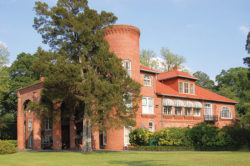Government, Politics & Law
Joshua Baker
Democrat Joshua Baker served as military governor of Louisiana from January to July 1868.
Democrat Joshua Baker served as military governor of Louisiana from January to July 1868.
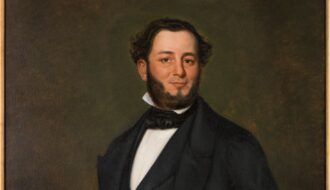
Judah P. Benjamin was one of the nineteenth-century South’s most prominent attorneys and statesmen.
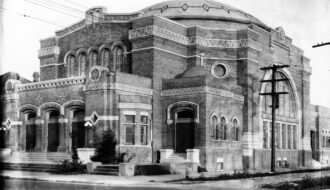
Jewish people have greatly contributed to Louisiana’s culture and economy as philanthropists, civic and educational leaders, business owners, and art patrons.
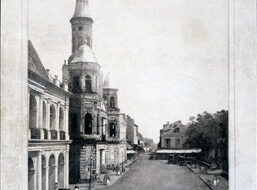
Jules Lion, a French-born mulatto, was a master lithographer and one of the most distinguished African American artists in antebellum New Orleans.
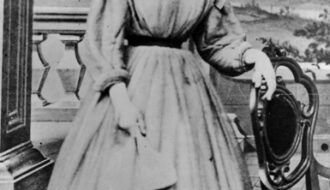
Kate Chopin, one of Louisiana's best known authors, wrote fiction about late nineteenth-century Cajun life.
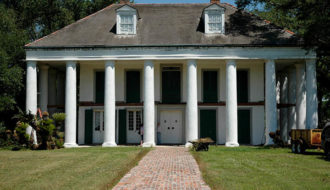
L'Hermitage Plantation in Darrow, Louisiana, stands as a nearly 200 year-old classical revival style home.
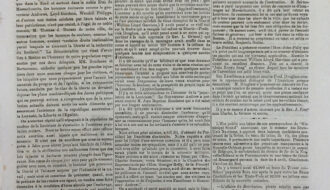
The South’s first Black newspaper, L’Union was an abolitionist journal that promoted full citizenship rights for men of African descent.
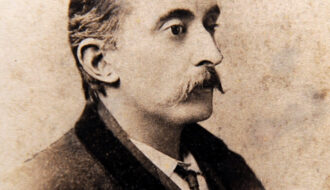
Author and journalist Lafcadio Hearn spent a number of years in New Orleans writing about Creole culture.
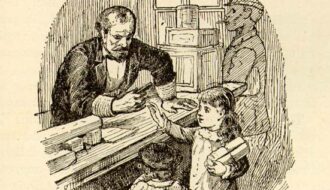
"Lagniappe" is a vernacular word used in New Orleans to refer to a complimentary giveaway in a retail environment.

A popular term in Louisiana usually tied to the gifting of something small—or a little something extra—with a purchase.
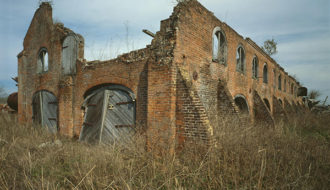
In the early twentieth century, Thibodaux's Laurel Valley Plantation was the largest sugar producer in the region and employed as many as 450 workers.
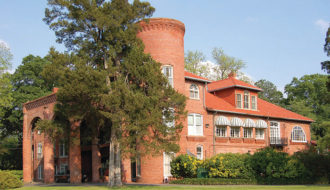
Layton Castle, a rambling, maze-like brick home built in 1814, is an architectural landmark in Monroe, Louisiana.
One-Year Subscription (4 issues) : $25.00
Two-Year Subscription (8 issues) : $40.00
